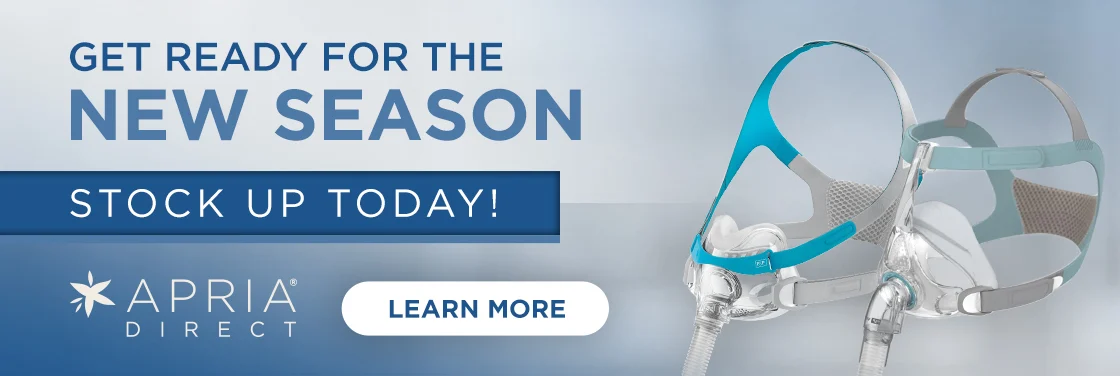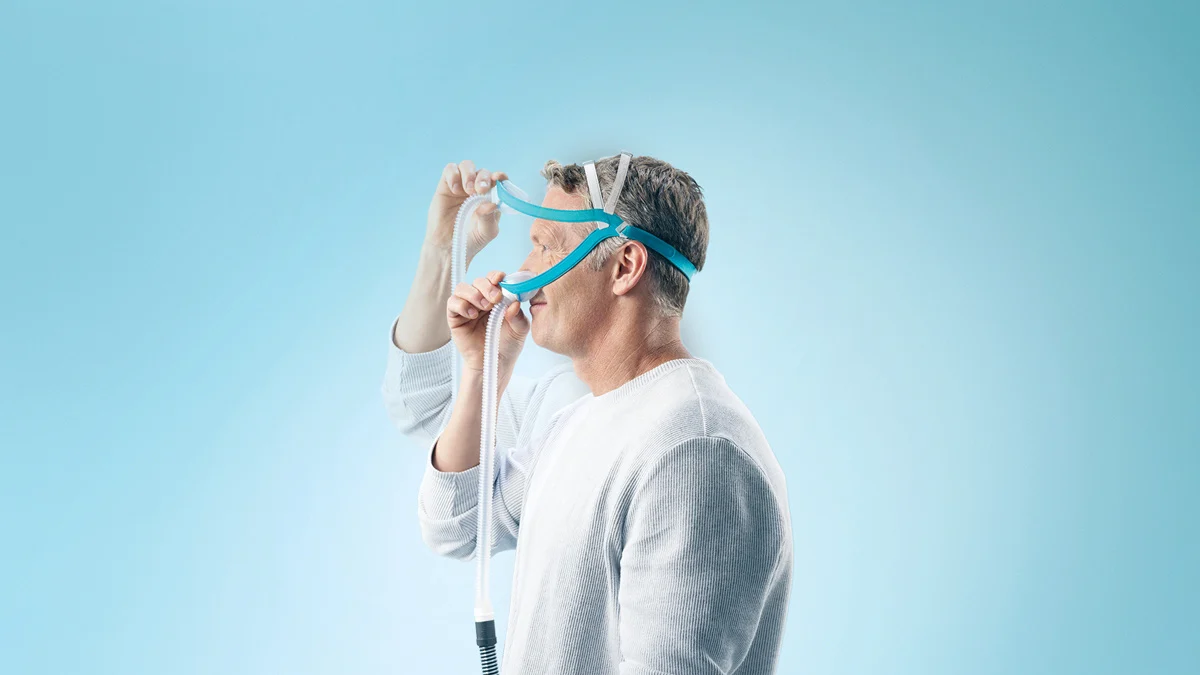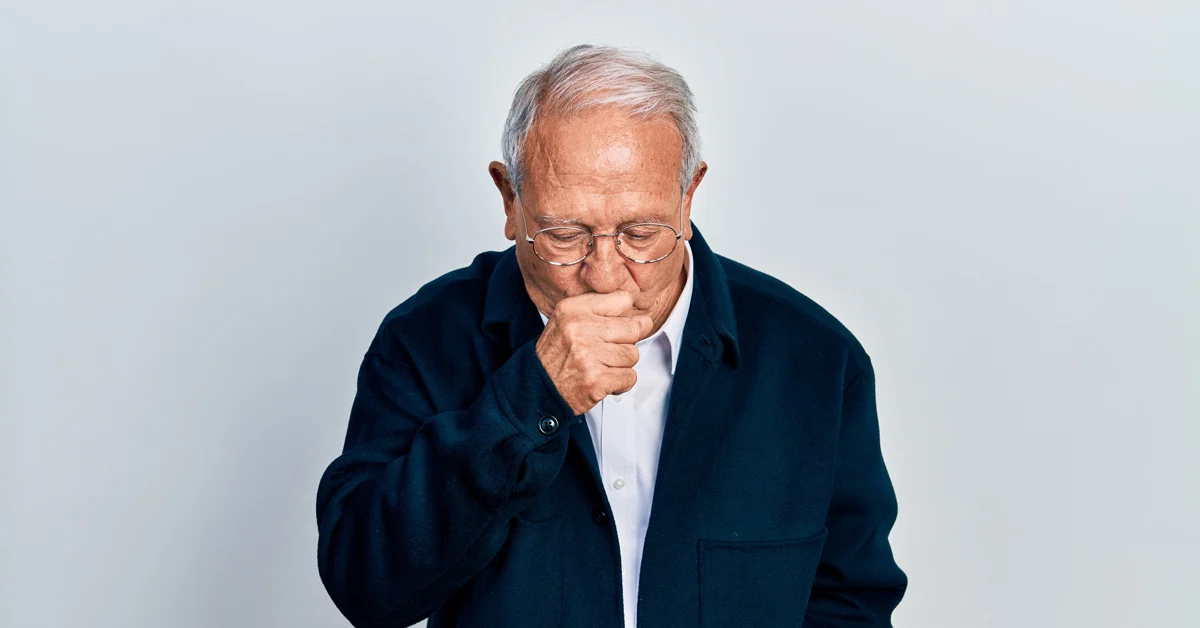What It Is, What it's For, What It Offers
For people who have difficulty breathing due to such conditions as COPD (chronic obstructive pulmonary disease), non-invasive ventilation (NIV) is a proven effective therapy that has been widely used since the 1980s. For COPD patients who have obstructive sleep apnea components along with COPD, NIV can effectively treat both COPD and OSA when they are present together. This is called overlap syndrome.
Non-invasive therapy, or NIV, helps you breathe by using positive pressure to increase lung volumes and decrease your work of breathing. NIV also allows for the support of breathing without the need for intubation or a tracheotomy. Studies demonstrate that NIV also reduces the risk of infection, decreases hospitalizations, and improves quality of life.
NIV requires that you wear a mask over your nose, mouth, or both. The mask is connected to a device that delivers pressurized air set to treat your specific condition(s). NIV delivers ventilation support and enables your body to use oxygen more effectively. NIV also reduces the carbon dioxide in your bloodstream, which can cause shortness of breath, especially in people with respiratory problems.
Lesley Williams, Apria’s Market Clinical Trainer, and a registered respiratory therapist, says, “NIV can be customized to your specific requirements, whether you need breathing support during the day, night, or both. It’s suitable for people at home or in a hospital setting and is small enough to accompany you during travel.”
Masks available for NIV Therapy
To deliver the needed therapy, a mask is required. And, you have options:
- Full face masks cover both your mouth and nose
- Nasal masks fit over your nose
- Nasal pillows have prongs that fit in the nose. Nasal pillows are even lighter and smaller than nasal masks
To help ensure your NIV therapy is a success, it’s important to choose the most appropriate mask. Your doctor and respiratory therapist can help you find the mask that best suits your needs and fits properly. Your respiratory therapist will also show you how to put on your mask so that it rests snugly on your face.
Other factors determining NIV Success
Anytime you begin a new therapy it can be scary. Be sure to communicate any obstacles you may have with your respiratory therapy team. The respiratory therapists are there to ensure your pressures are set at optimal levels to treat your unique condition and try different approaches as needed.
Conditions Appropriate for NIV
NIV is often prescribed for such health conditions as:
- Chronic respiratory failure due to COPD, which includes chronic bronchitis, emphysema, severe neuromuscular disorders, and severe restrictive thoracic disorders
- Central sleep apnea (CSA)
- Respiratory distress or failure
- Severe hypoxemia (low blood oxygen levels)
- Amyotrophic lateral sclerosis (ALS)
- Multiple sclerosis
- Muscular dystrophy
- Cystic fibrosis
The Benefits of NIV
NIV offers a broad range of health advantages:
- Makes breathing easier and more efficient
- Decreases shortness of breath
- Increases lung capacity
- Reduces hospital visits
- Improves sleep quantity and quality
- Increases energy and alertness
- Reduces daytime sleepiness
- Produces a better mood and attitude
- Decreases headaches
- Manages blood pressure levels
- Increases independence in daily living
- Improves concentration and productivity at work, home, and school
Complications of NIV
Like any healthcare therapy, NIV can carry risks, including:
- Aerophagia (feeling bloated from swallowing too much air)
- Headaches
- Xerostomia (dry mouth)
- Feelings of claustrophobia
- Skin irritation
- Runny nose, nosebleeds, nasal congestion
- Hemodynamic instability (unstable blood pressure)
- Eye irritation (due to mask leaks)
If you experience any of these complications, be sure to tell your doctor. Working together, you can resolve these issues to ensure your NIV therapy is as comfortable and successful as possible.
Breathe Easier with NIV
When your healthcare team decides that non-invasive ventilation is appropriate for you, they will work closely with you to identify the most appropriate device and mask for your particular needs. They will also instruct you on how to use the device as well as how to maintain it.
With NIV, the goal is to help you receive the breathing support you need while avoiding the potential complications of more invasive approaches.
References
1. Soo Hoo, GW. (Updated 2020, June 18). Noninvasive Ventilation. Medscape. https://emedicine.medscape.com/article/304235-overview.
2. Non-Invasive Ventilation (NIV). Indiana University Health. https://iuhealth.org/find-medical-services/niv.
3. Noninvasive ventilation (NIV). ResMed. https://www.resmed.com/en-us/healthcare-professional/diagnosis-and-treatment/ventilation/niv/.
4. Non Invasive Ventilation. Physiopedia. https://www.physio-pedia.com/Non_Invasive_Ventilation.
5. Landry, J. (Updated 2023, August 31). Noninvasive Ventilation: Overview and Practice Questions. Respiratory Therapy Zone. https://www.respiratorytherapyzone.com/noninvasive-ventilation/.
LEGAL DISCLAIMER: Material in this newsletter is provided for general health education and informational purposes and to provide references to other resources only; it may not apply to you as an individual. While Apria Healthcare believes that the information provided through this communication is accurate and reliable, Apria Healthcare cannot and does not make any such guarantee. It is not intended to be a replacement for professional medical advice, evaluation, diagnosis, services or treatment (collectively, “medical treatment”). Please see your healthcare provider for medical treatment related to you and your specific health condition(s). Never disregard medical advice or delay seeking medical care because of something you have read on or accessed through this website. Reading this newsletter should not be construed to mean that you have a healthcare provider/patient relationship.


.png)



